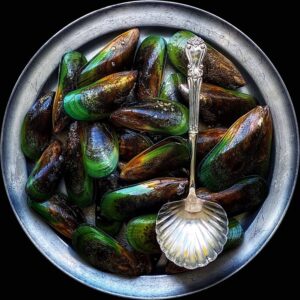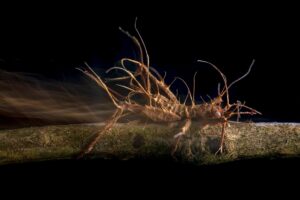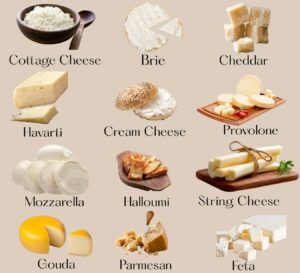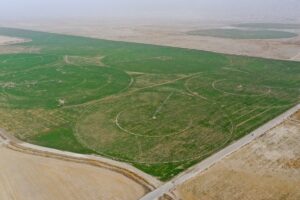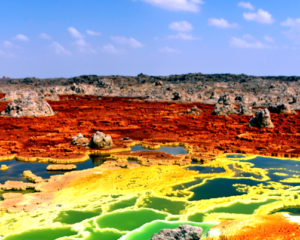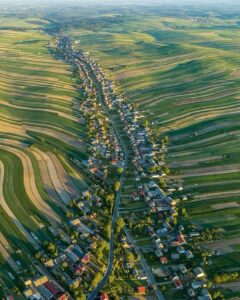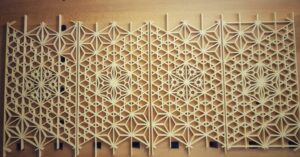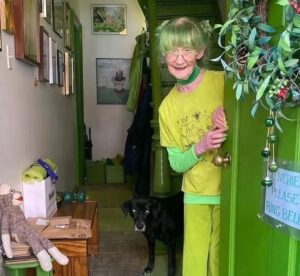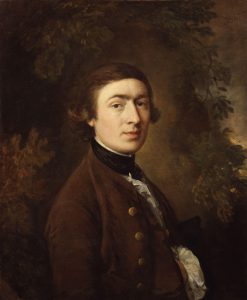 Pin
Pin One of the greatest British painters, Thomas Gainsborough, was born in 1727 at Sudbury, Suffolk. He was the fifth son of a cloth merchant, John Gainsborough, and showed an early interest in painting. He sketched both his mother and father while still a child.
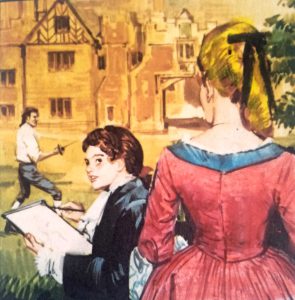 Pin
Pin  Pin
Pin In fact, he sketched anything and anyone. Reputedly, he once surprised an intruder to his father’s orchard. He made a “lightning” drawing of the man and the boy’s evidence was so good, the intruder was identified and punished. But the local countryside was his favourite subject.
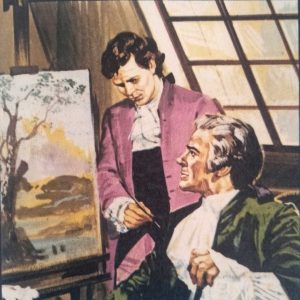 Pin
Pin When he was 14, in 1741, young Thomas managed to persuade his father to send him to London where he studied for three years, working with the French engraver, Hubert Gravelot and also at the Academy of Arts. He came under the influence, too, of the Flemish school of painters — although in many ways, he remained an individualist.
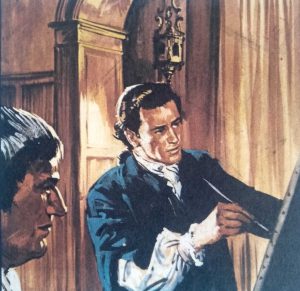 Pin
Pin At 18, he returned to Sudbury and, the following year, 1746, married Margaret Burr. The young couple at first lived in Ipswich where Gainsborough managed to earn a modest living by painting portraits. He discovered that people would pay for portraits of themselves but would not so readily pay for unidentified landscapes.
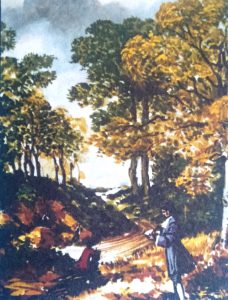 Pin
Pin Among Gainsborough’s friends of this period were Joshua Kirby, an artist and president of the Society of Artists, and Philip Thicknesse who later wrote his first biography. Thomas and Joshua spent many happy hours making sketches of the East Anglian countryside. Gainsborough, in particular, often used these sketches as backgrounds for his later, highly fashionable portraits.
 Pin
Pin Two daughters were born to the Gainsboroughs and these children — Mary, born 1748 and Margaret, born 1752 — were frequently painted by their father. One of these paintings (an impression of which is given above) now hangs in the National Gallery, London. It captures beautifully the charm and innocence of childhood although, in fact, like a number of Gainsborough’s pictures, was unfinished. One painting of his daughters was, for many years, in two pieces. A long time after his death, however, it was restored and now can be seen complete.
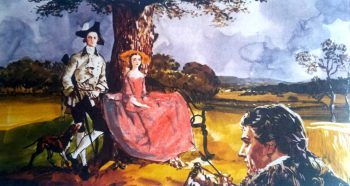 Pin
Pin Throughout his life, Gainsborough was inspired by the two art forms of music and painting. Indeed, he learned to play a number of musical instruments tolerably well, including the harp and the violoncello. Reputedly, he hardly ever read a book and, as a child, had little scholastic success. He is supposed to have been particularly fond of painting landscapes, so that his portraits often have quite detailed landscape backgrounds.
Our picture shows a particularly famous Gainsborough portrait/landscape. It is Mr. and Mrs. Andrews and depicts the couple in the grounds of their country home. The landscape takes up quite a large part of the picture and is put in with considerable feeling and delicacy. The sky is particularly finely executed. Although Gainsborough’s portraits have never been surpassed in beauty, he always thought of himself first and foremost as a landscape painter.
 Pin
Pin In 1759, Gainsborough was persuaded to move to the more fashionable life in the town of Bath, where he became an extremely popular portrait painter, able to command very high prices. To this period, belongs the famous Blue Boy (shown above). This portrait of Master Jonathan Buttall was painted as a challenge to his fellow painter, Sir Joshua Reynolds, who maintained that a mass of blue in a picture was artistic death. Gainsborough did not agree with him.
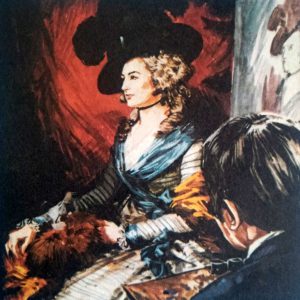 Pin
Pin He made his point! There is a great deal of blue, too in the portrait of Mrs. Siddons, the actress (above), also one of Gainsborough’s most famous portraits. After his move to London in 1774, he painted many portraits of the royal family including the princesses and Queen Charlotte. George III himself indeed, was painted by Gainsborough as many as eight times.
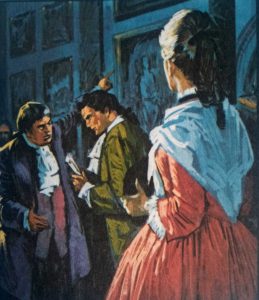 Pin
Pin Some while before this (in 1763), Gainsborough had been elected one of the first members of the Royal Academy. He exhibited there on a number of occasions with varying success. In 1784, however, he quarrelled with them, believing that his paintings (particularly one of the princesses) were hung too high up the wall to show their qualities to their best advantage.
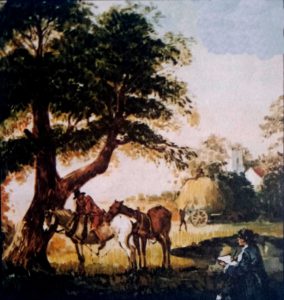 Pin
Pin He never exhibited at the Royal Academy again. And sadly the world was to have the benefit of his genius for only a very few more years. In 1788, he died. He is buried at Kew. But the boy who sat for hours sketching the countryside and people of his own native county of Suffolk is still remembered in his many, superlative works. They are all worth seeing and may be viewed in many famous galleries all over the world.
Some Artworks by Thomas Gainsborough:
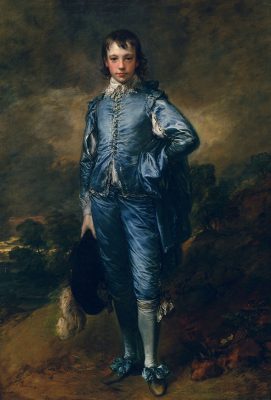 Pin
Pin  Pin
Pin  Pin
Pin 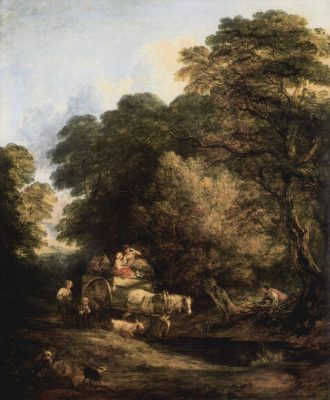 Pin
Pin  Pin
Pin Thomas Gainsborough's Legacy
Thomas Gainsborough (1727-1788) was a renowned British portrait and landscape painter during the 18th century. He was born in Sudbury, Suffolk, England, and displayed an early talent for art. Gainsborough’s father was a weaver, and initially, he was expected to follow in his footsteps. However, at the age of 14, he left his formal education and began his artistic apprenticeship in London.
Gainsborough started his artistic career as a copyist, replicating the works of renowned painters such as Anthony van Dyck and Peter Paul Rubens. Eventually, he developed his own artistic style, characterized by loose brushwork, vibrant colors, and a keen eye for detail. His technique was heavily influenced by the Flemish and Dutch painters of the 17th century, particularly their use of light and atmospheric effects.
In 1746, Gainsborough moved to the city of Bath, where he reached critical acclaim as a portrait painter. His ability to capture the likeness and personality of his subjects quickly made him one of the most sought-after portraitists in England. Gainsborough became known for his ability to make his subjects appear both elegant and natural, often depicted in luxurious clothing against scenic landscapes.
However, Gainsborough’s true passion lay in landscape painting, an art form that gained increasing popularity during the 18th century. He would often escape the city and immerse himself in nature, sketching and painting landscapes en plein air. These works showcased his ability to capture the changing light, the texture of foliage, and the atmospheric conditions, earning him the title “master of the landscapes.”
Gainsborough’s landscape paintings were revolutionary in their time. He moved away from the traditional “idealized” landscapes, prevalent during the era, and introduced a more realistic approach. His landscapes often depicted scenes from the English countryside, with rolling hills, gnarled trees, and meandering rivers. He was particularly skilled at capturing the play of light and shadow, giving his landscapes a sense of depth and drama.
Despite his success as a portrait and landscape painter, Gainsborough often grappled with financial difficulties throughout his career. Unlike his contemporary, Joshua Reynolds, who was favored by wealthy patrons and held higher positions within the Royal Academy, Gainsborough struggled to secure high-paying commissions. He often relied on the sale of his landscapes to sustain his artistic ventures.
In 1768, Gainsborough moved to London, hoping to expand his clientele and secure more lucrative commissions. There, he continued to produce exquisite portraits, capturing the essence and character of his sitters. His portraits were not only visually striking but also revealed the emotions and inner thoughts of his subjects.
Throughout his career, Gainsborough’s artistic output was prolific, producing over 1,000 paintings in various mediums, primarily oil on canvas. His work represents a significant contribution to the landscape and portrait genres, and he continues to be celebrated as one of the greatest English painters of the 18th century.
Thomas Gainsborough’s legacy as an artist extends beyond his paintings. He was a founding member of the Royal Academy of Arts and played a significant role in shaping British art during his time. His influence can be seen in the works of subsequent generations of artists who were inspired by his unique blend of technical skill, artistic expression, and love for nature. Today, Gainsborough’s paintings can be found in major art galleries worldwide, and his contributions to the art world continue to be admired and studied.
Thomas Gainsborough was a prominent 18th-century English painter known for his landscape and portrait paintings. His artistic style and techniques were influenced by various factors, and he made significant contributions to the development of landscape painting during that time:
Gainsborough’s loose brushwork, delicate color palette, and atmospheric effects revolutionized the genre of landscape painting. His emphasis on capturing the emotional and spiritual qualities of nature was highly influential, inspiring subsequent landscape artists, including J.M.W. Turner and John Constable. Gainsborough’s contribution to landscape painting laid the groundwork for the Romantic movement’s celebration of nature in art.
Throughout his career, Thomas Gainsborough had a number of significant commissions and patrons, which contributed to shaping his artistic output. Some of these influential patrons and commissions include:
These relationships and commissions shaped Gainsborough’s artistic output in several ways. Firstly, they provided him with financial stability and a steady income stream, allowing him to focus on his artistic pursuits and experiment with different styles. Secondly, commissions from influential patrons and the royal family enhanced his reputation as a portrait painter and helped him gain recognition within high society. Lastly, the rivalries and collaborations with other prominent artists, particularly Reynolds, spurred Gainsborough to challenge himself creatively and develop his unique style, characterized by loose brushwork, vibrant colors, and a sensitive approach to capturing naturalistic landscapes and human expressions.
Frequently Asked Questions: Thomas Gainsborough
Thomas Gainsborough (1727-1788) was an English portrait and landscape painter. He is considered one of the most important 18th-century British artists and a leading member of the Romantic movement. Gainsborough’s art was characterized by his ability to perfectly capture the natural world and the emotions of his subjects, whether in his elegant portraits of the British aristocracy or his atmospheric landscapes.
Some of Thomas Gainsborough’s most famous works include “The Blue Boy,” “Mr. and Mrs. Andrews,” and “The Cottage Door.” “The Blue Boy” is a portrait of a young boy dressed in a blue silk costume and is considered one of Gainsborough’s most iconic works. “Mr. and Mrs. Andrews” is a portrait of a wealthy landowner couple, depicting them in a relaxed outdoor setting surrounded by their estate. “The Cottage Door” is an example of Gainsborough’s landscape paintings, capturing the rustic charm of a countryside cottage.
Gainsborough played a significant role in the development of landscape painting in Britain. He was one of the first artists to focus on capturing the atmosphere and emotions of a scene rather than just depicting it accurately. His innovative use of brushwork and color in his landscapes created a sense of movement and light, making his works feel alive and vibrant. Gainsborough’s approach to landscape painting greatly influenced other artists of his time and helped establish the genre as a respected form of art.
While Gainsborough is most famous for his landscapes and portraits, he also painted other subjects, including historical and mythological scenes. However, these types of works make up a smaller portion of his overall oeuvre. Gainsborough’s landscapes and portraits were his primary focus, and they showcase his exceptional talent and artistic vision.
Gainsborough’s portraits stood out from those of his contemporaries due to his skillful portrayal of the individuality and personality of his subjects. He was able to capture his sitters in a relaxed and natural manner, often depicting them in outdoor settings or engaging in activities that reflected their interests. Unlike some portrait artists who focused solely on capturing their subjects’ physical appearance, Gainsborough aimed to convey the essence of their character and emotions, resulting in more lifelike and intimate portraits.
Gainsborough employed various techniques to achieve the desired effects in his paintings. He was particularly skilled at handling brushwork, using both loose, flowing strokes and detailed, controlled ones to create texture and movement. Gainsborough also had a keen eye for color, using a subtle and harmonious palette to convey mood and atmosphere in his landscapes. Additionally, he experimented with different mediums, such as oil paints, pastels, and chalk, to achieve different effects and achieve his artistic vision.
Gainsborough’s unique approach to painting, both in landscapes and portraits, had a significant impact on later generations of artists. His emphasis on capturing the mood and emotions of a scene, rather than solely replicating reality, inspired the Romantic movement and influenced artists like J.M.W. Turner and John Constable. Gainsborough’s innovative use of color and brushwork also paved the way for Impressionism and had a lasting impact on artists such as Claude Monet and Pierre-Auguste Renoir.
Today, Thomas Gainsborough is revered as one of Britain’s greatest painters. His works can be found in prestigious museums and art galleries around the world. Gainsborough’s ability to skillfully express both the natural world and the inner emotions of his subjects continues to captivate viewers. His techniques and artistic vision continue to inspire contemporary artists and remind us of the enduring beauty of his art.













